As some of you might have noticed (or all of you, really), things are a little slower here these days.
Partly it’s because I’m still refusing to climb out of all the boxes from the move, which means a relative lack of variety in tea, but also because I don’t think it’s very productive for me to tell you about how I drink, yet again, another aged oolong I got from here or there. I have a feeling it’s really not very interesting.
But also, because I don’t think I find it very interesting to talk about a tea I’ve had anymore. Not that I won’t do it from time to time, especially when other people send me a tea for my two cents. But it’s not particularly interesting, most of the time.
For example, I had some cheap reroasted slightly aged oolong today, stuff I brought back from Taiwan. It’s not particularly good, and needs time socked away to lose the roasted taste in order to get a little better. Right now it’s just some charcoal plus fruit plus “tea” flavour.
But isn’t that just like most other teas? Sort of like how most young puerhs are a bit bitter, maybe fruity, and perhaps minty? It’s worse in this case, because I can’t attach a name or label to it. It’s not something that you, my reader, can go buy and then say “oh, right” or “no, not really”. In essence, I’m talking in a vacuum, and since these days I’m drinking mostly these things that are otherwise unavailable to most of my readers (those of you who have regular access to Asia or from Asia are excepted). In that case, is there a point in me telling you about it in all the gory details?
Maybe that’s why I drifted to talking more about teaware these days, it feels more concrete, more tangible. A black teapot is still a black teapot no matter how you look at it. There’s some certainty out there that teas don’t generally have.
This is not to say I will forsake writing any sort of tea drinking notes from now on. In fact, I just got a cake of puerh today in the mail that I will probably break open tomorrow to try. This tea you can actually still get from online sources. This is a rarity these days, isn’t it?

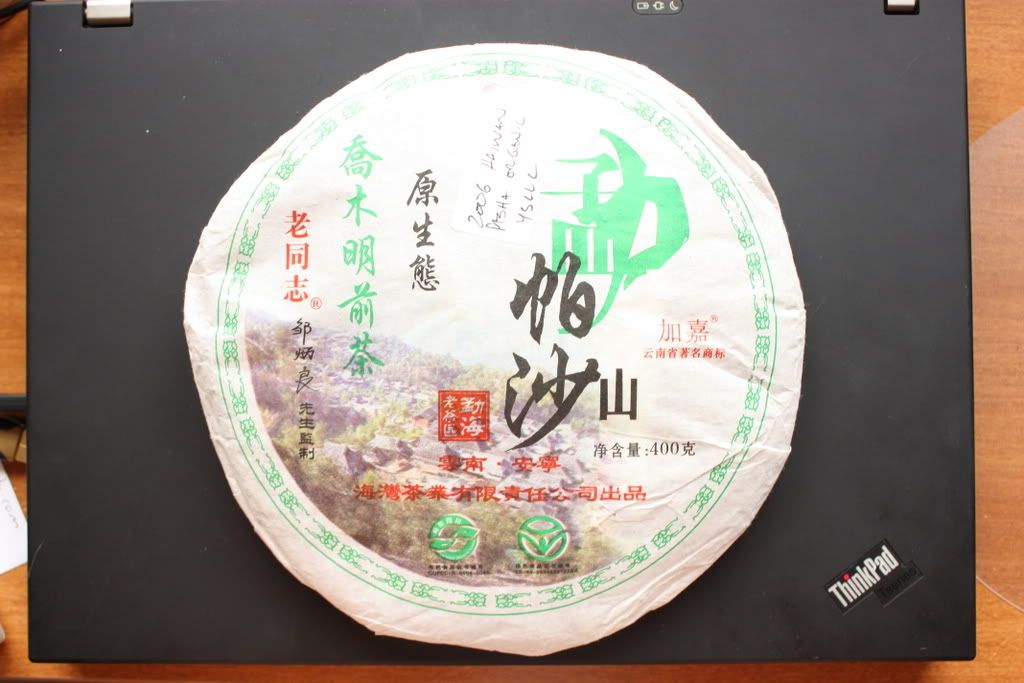
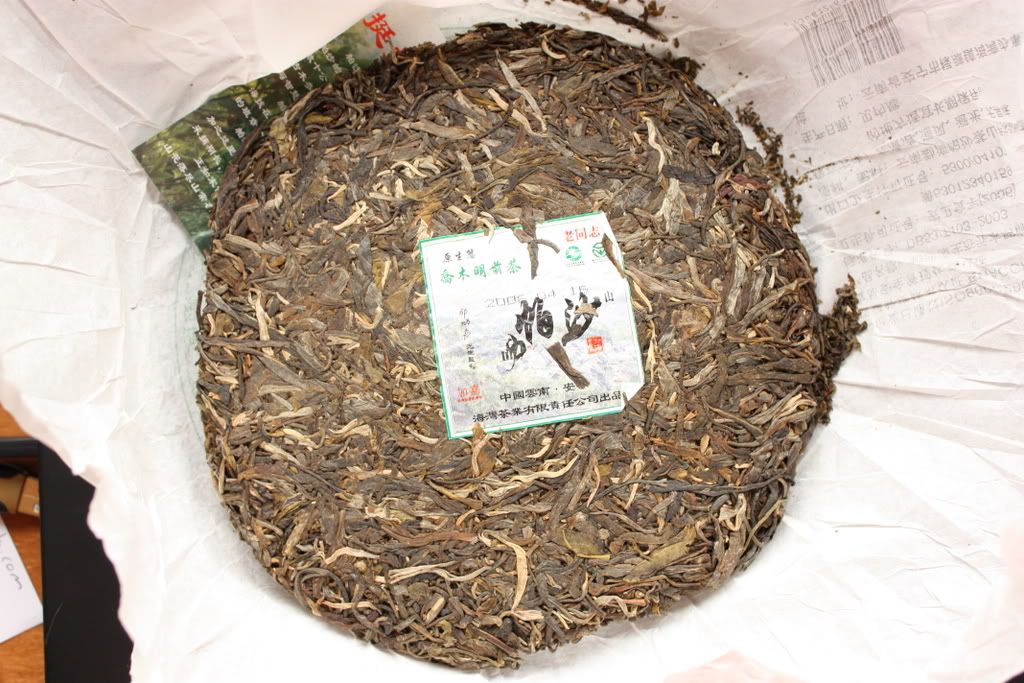
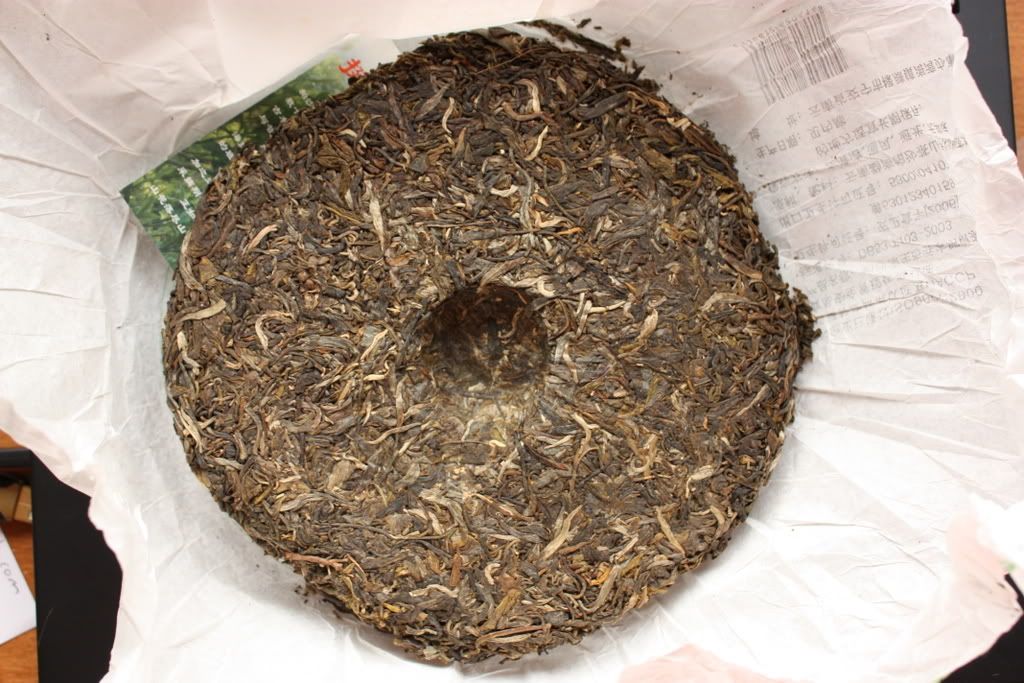
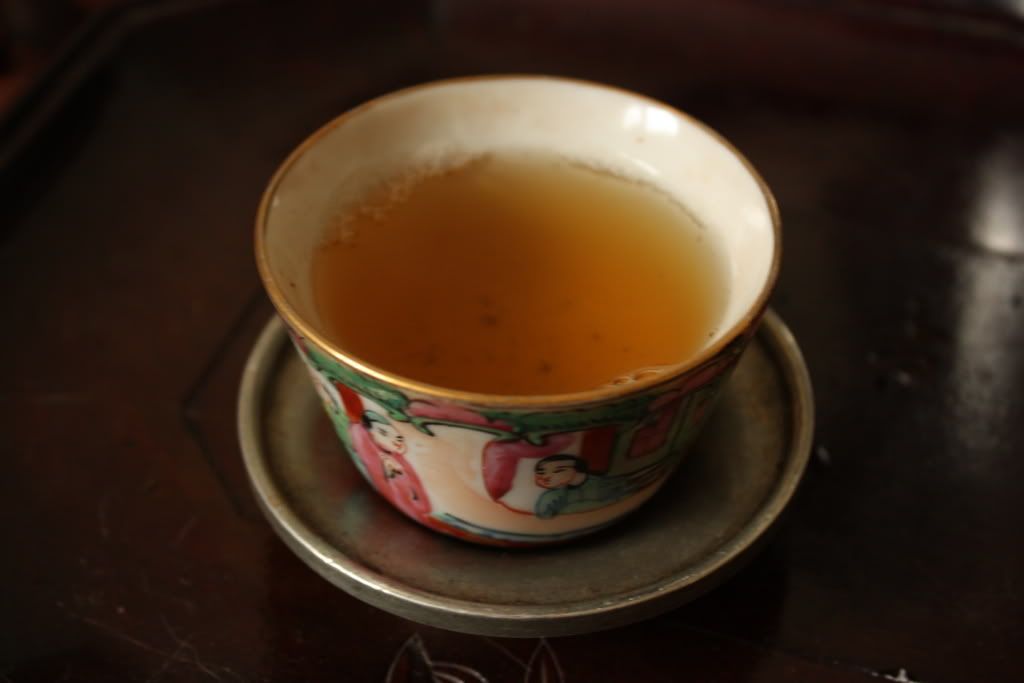
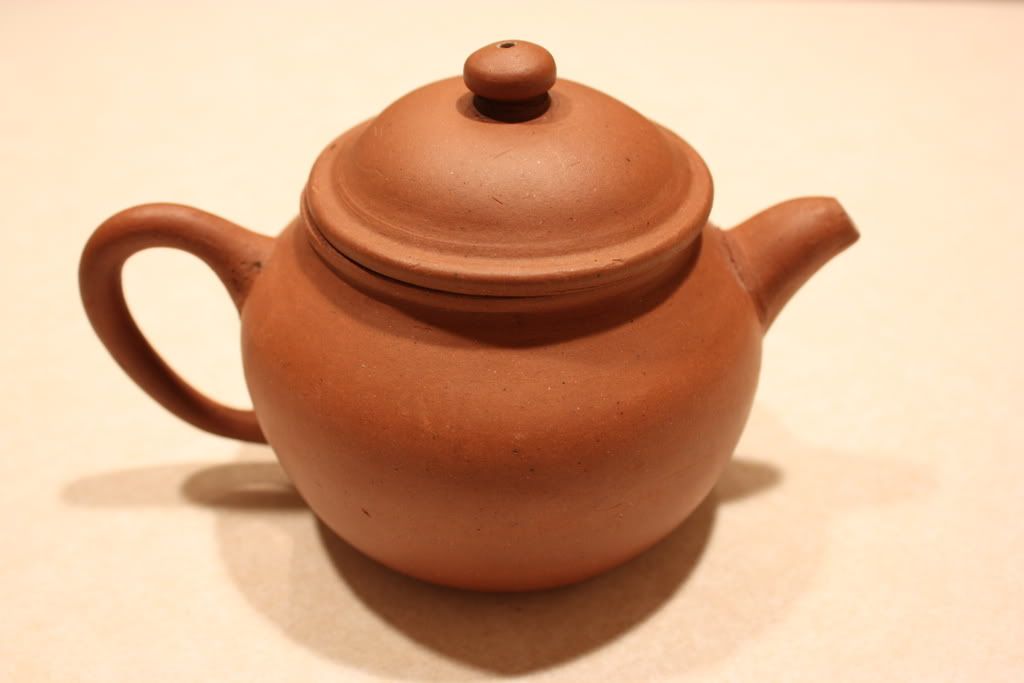
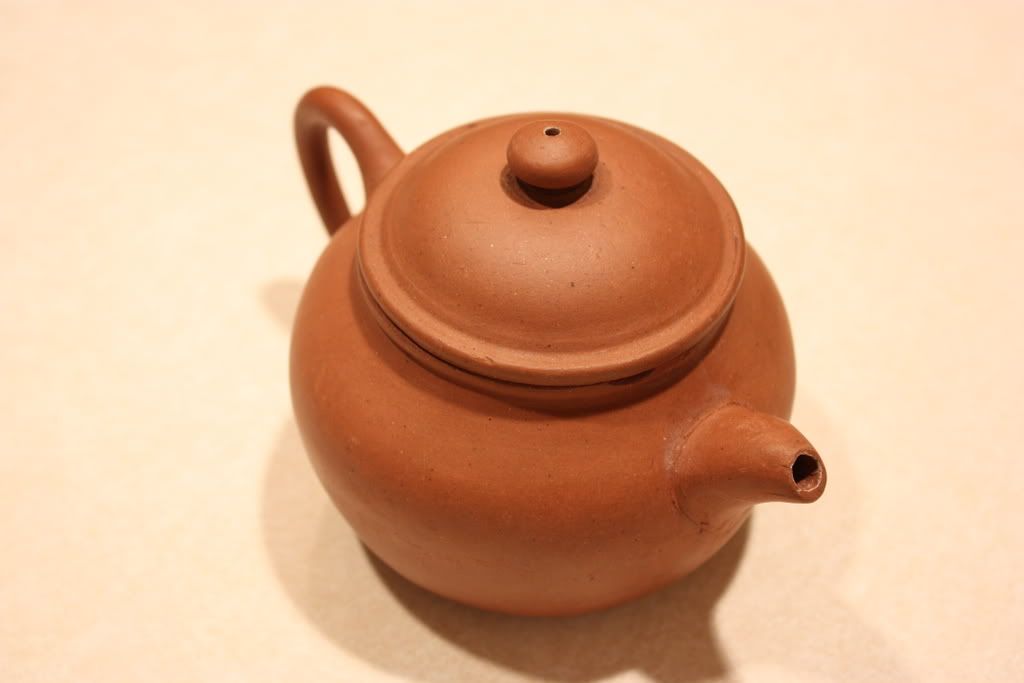
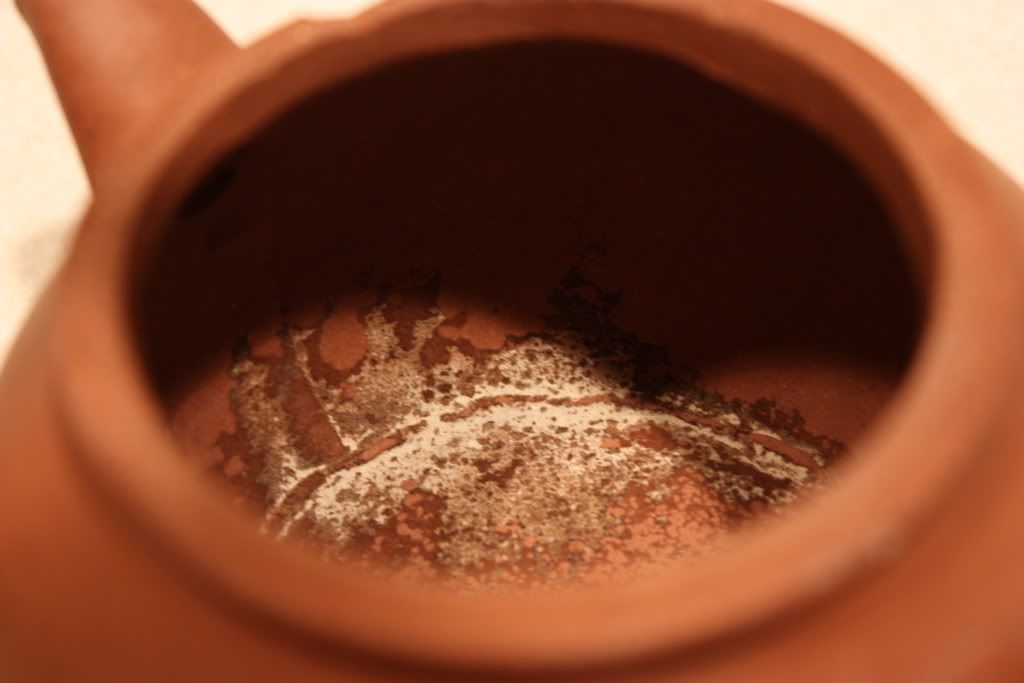
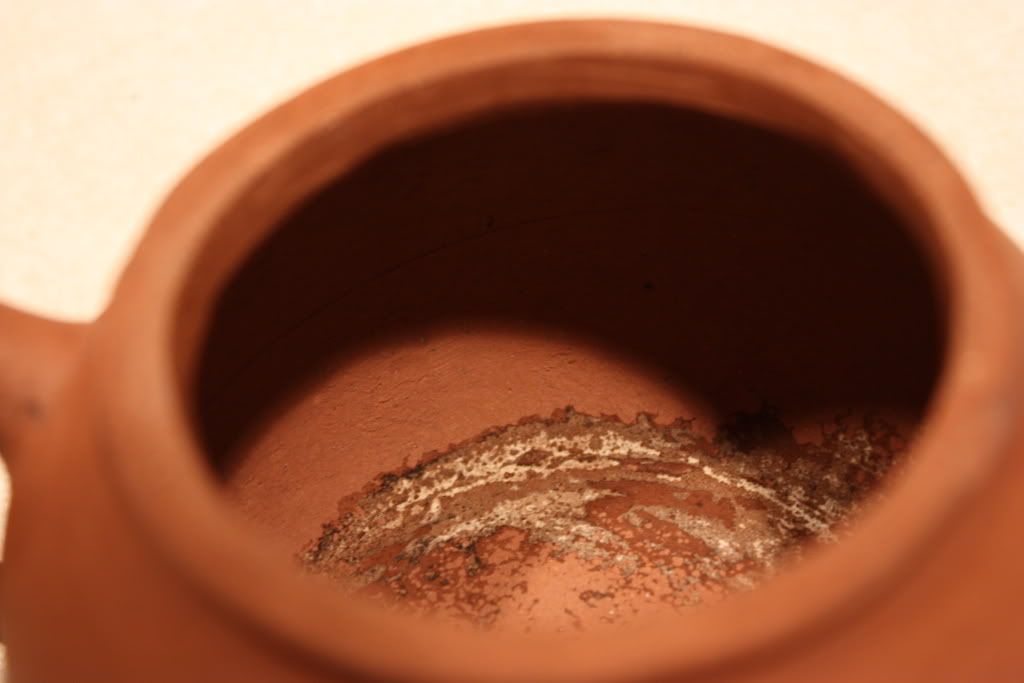
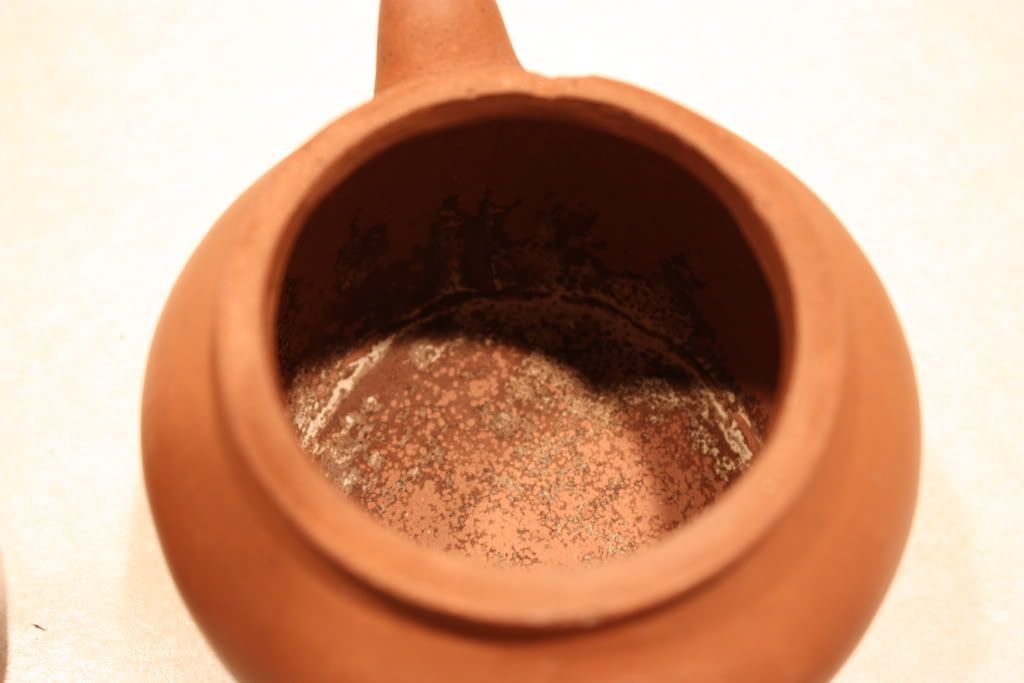
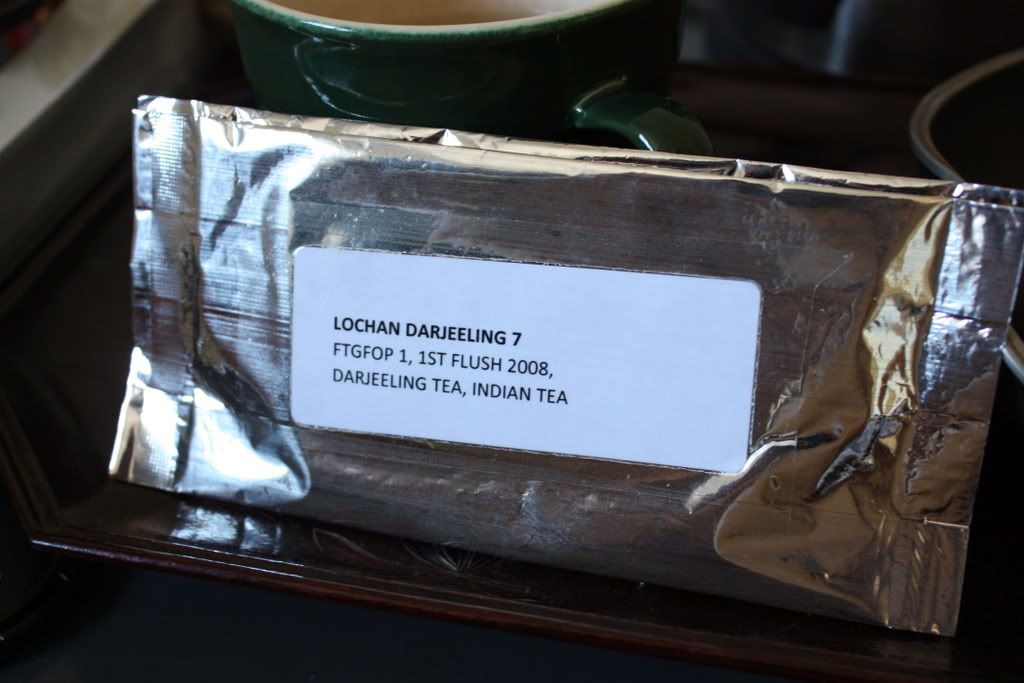
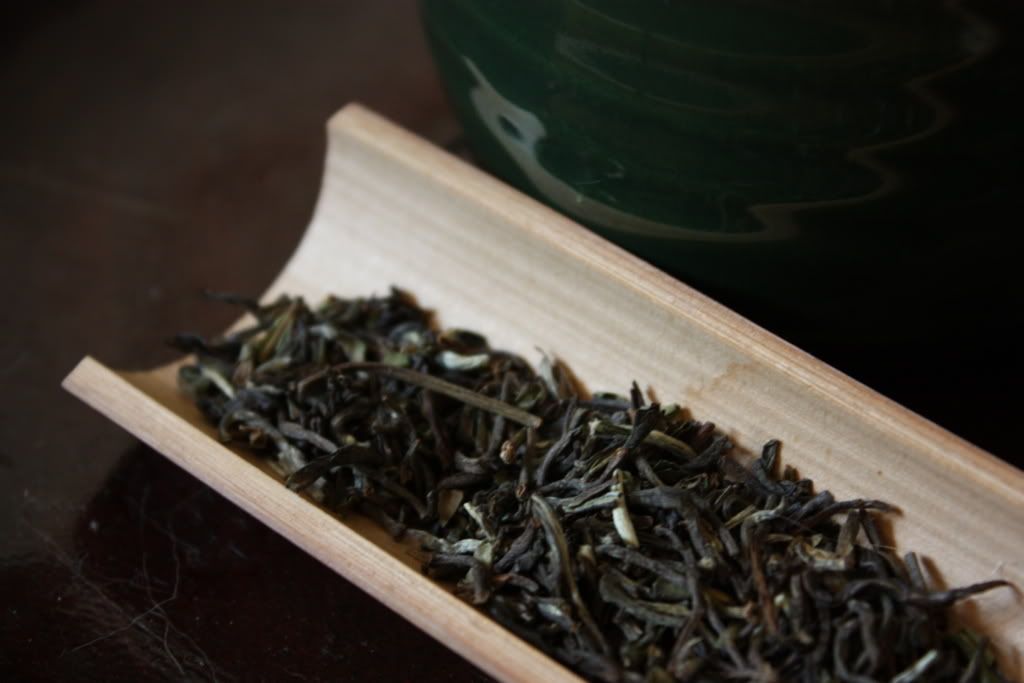
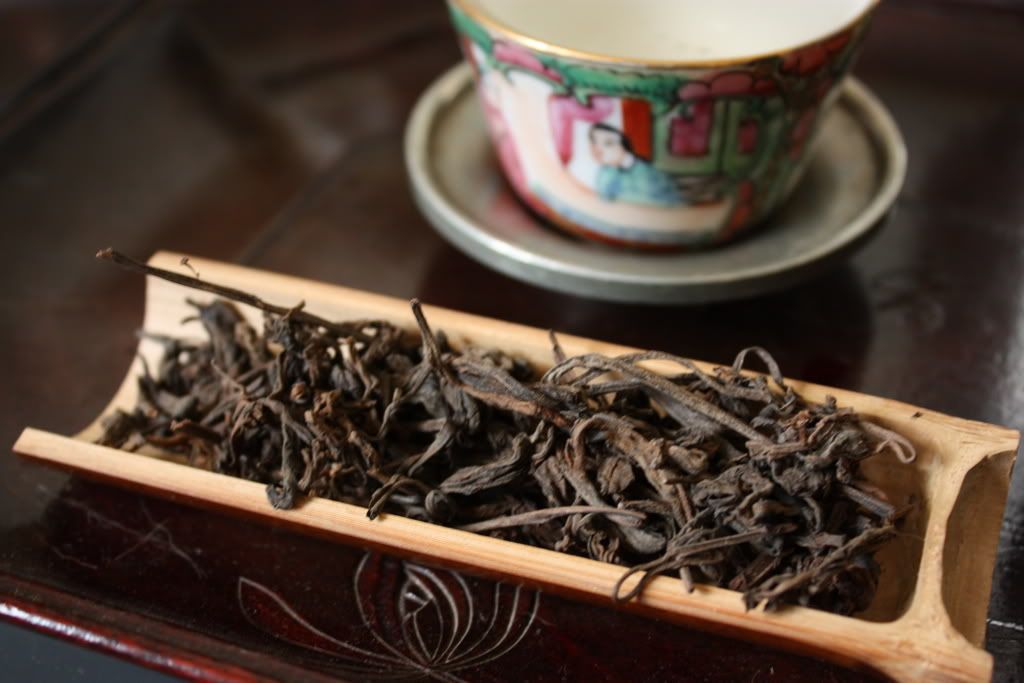
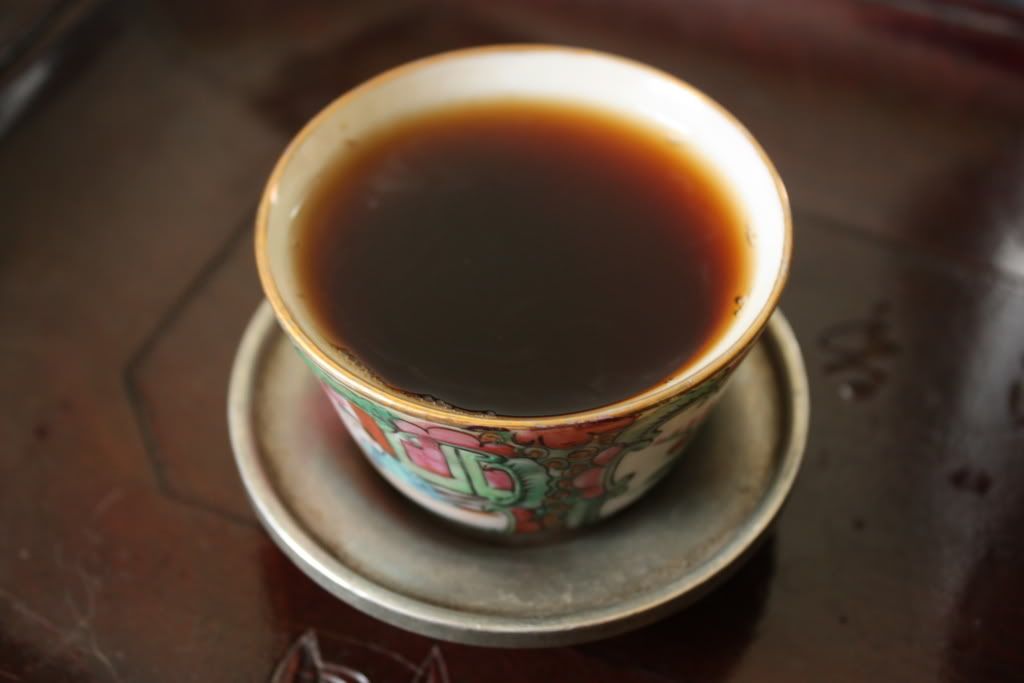






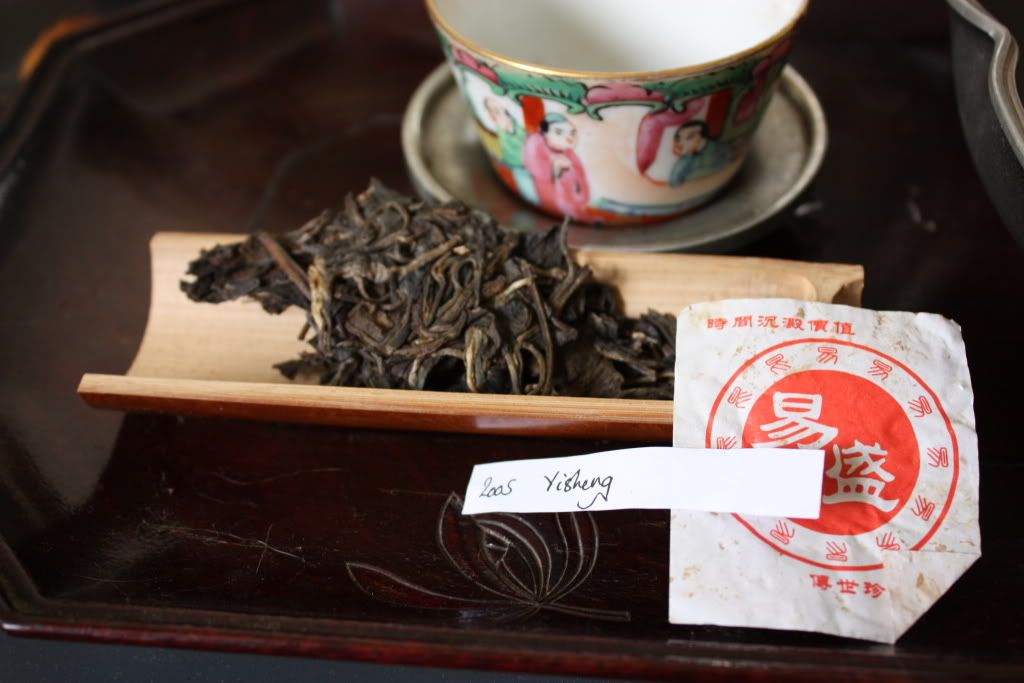
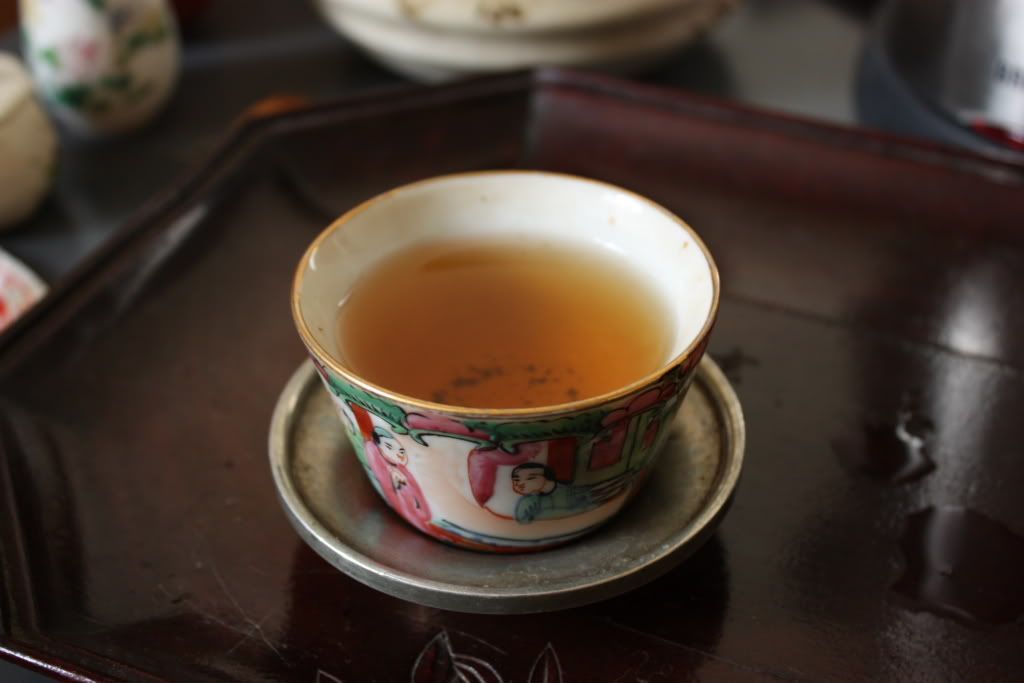
 RSS - Posts
RSS - Posts
Interesting.... would 250C in my oven work?